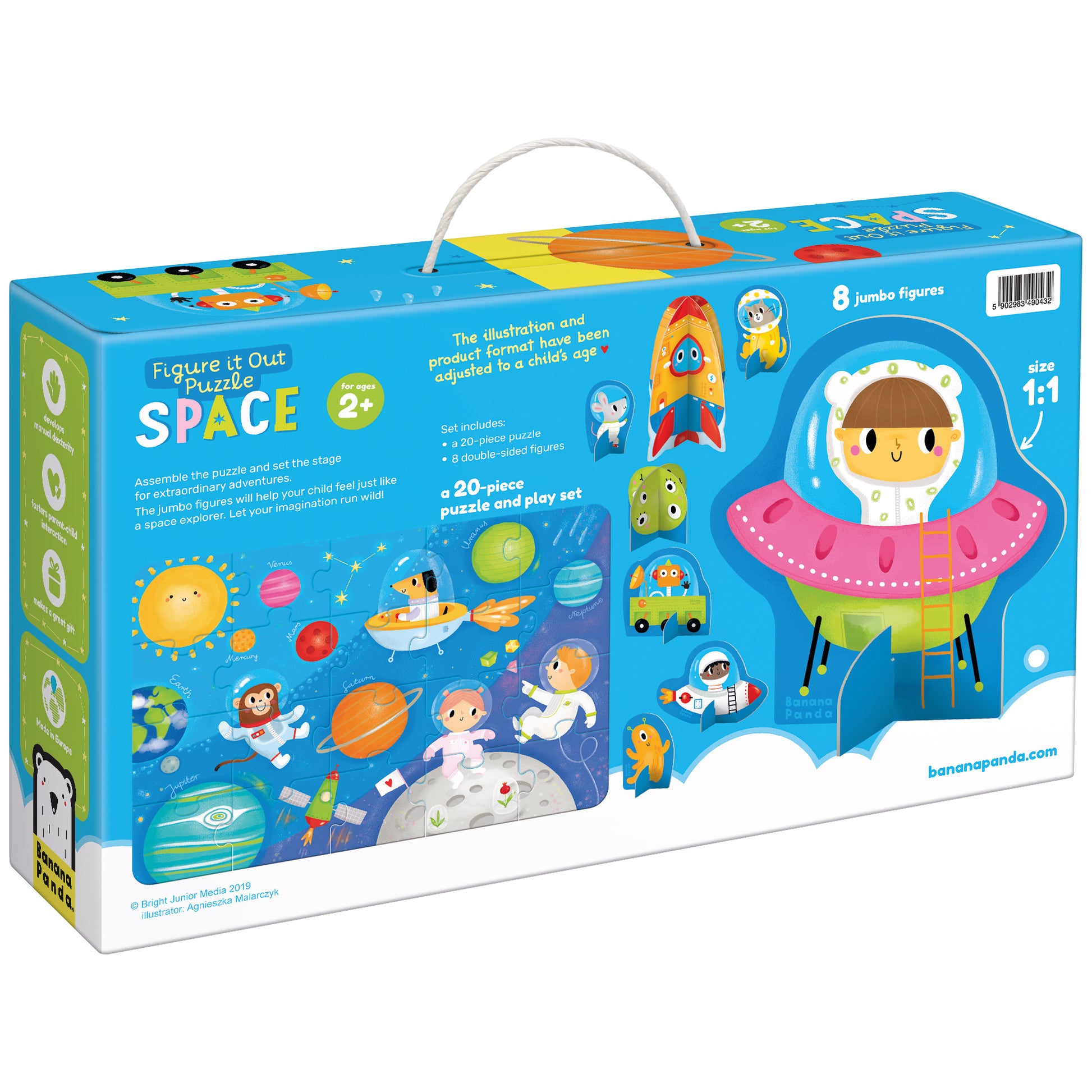
Stretchy bind off knitting is a method of finishing knitting. This involves leaving a long tail of between 5 and 10 inches and weaving it through each stitch. Once the tail is robust, the knitter can continue knitting or purling. This is great for sweaters and garments with a neck that needs to be cinched.
Yarnover Bind-off
If you're knitting sweaters and want to create a stretchy binding off, the yarnover bindoff technique can be used. This works great with stockinette or ribbing stitches. It also creates extra yarn to give you more stretch. This extra yarn wraps around the base of each stitch and allows it stretch.
The yarnover method can be done the traditional way or with a lifeline. Before binding off, the lifeline can be threaded through all stitches. A lifeline can be used to check whether your knitting project is suitable for the binding method. It can also be used to test the fit of your finished item. In some cases, you can test the bind-off method by having a tester try it on before completing the project.

The yarnover binding-off technique is flexible and simple. It is great for knitting top-down and toe-up sweaters.
Suspended Bind Off
Suspended bound off knitting refers to suspending the last stitch in a row and then knitting the next one. The result is a stitch with greater stretch. You can use this technique to avoid accidentally tightening the loop during the binding-off process. This technique is great for creating a larger stitch and avoiding accidental tightening.
This method is perfect for making side-by, knit scarves. The edge is similar to the edge a crocheted-cast-on. The edge is flexible and openable after blocking. However, projects with garter stitches or lacy edges are not compatible with the bind off method.
Suspended Bind-Off knitting is almost the same as a basic binding off but it's looser and stretchier. The stitches are longer than usual, which makes the finished edge stretchy and loose. You can use this method in patterns that call for a looser bind-off.

Elastic Bind-off
The stretchy binding stitch knitting stitch is a great way add more flexibility to your knitted items. This stitch is also great for fixing openings in garments that need more give. The downside of the stretchy bind-off stitch is that it causes the edges of your knitting to flare slightly. It's not noticeable but perfectionists might not appreciate it.
Some knitters may not know how to manage a stretchy tie-off. If this is the case, you can increase the needle size or use a different method to work the binding off. The typical purl-based binding-off is worked on one side and creates a decorative line.
The stretchy bind off can be helpful if you are knitting a sweater/shawl. To do this you need to pull the yarn up from the last stitches and pass it through the right needle. The last stitch should be knit or purl.
FAQ
How can I find a hobby?
When you first start your journey into finding a hobby, you may feel like you've got nothing to choose from.
You may be thinking, "I'm just not artistic" or "I hate sports," or perhaps "I don’t even know what I know."
But the truth is, you probably already have a lot of experience to draw upon when looking for a hobby.
It's just not something you're aware of.
Take a look at the contents of your home. What amount of stuff do you have?
Do you have any toys from the past?
Perhaps you have a collection books or magazines.
Maybe you've always wanted to learn how to cook.
Perhaps you just want to pick up the guitar again.
Whatever your hobby, it's possible to make it a hobby.
It is important to recognize that you already have a lot of experience to draw from.
You will find a hobby you love once you have it.
What's a hobby?
A hobby for kids is any activity they like to do as part of their normal daily routine. Kids might enjoy drawing pictures, making things, painting, writing, crafting, and other activities.
Parents worry that their children might get in trouble if they are allowed to do what they like. It is not true. They won't get into trouble if your child is safe and does not cause harm to others or themselves.
It's important for people to understand that just because they like something doesn't necessarily mean they'll choose it all the time. If they are passionate about drawing but hate writing, they might choose to draw pictures over writing.
There are many hobbies to choose from, so it's up you to find the one that interests you most.
What are collection hobbies?
The most sought-after collections are books and movies, music, comics as well as comics, videos games, sports equipment, toys, and others.
You can also collect anything from stamps to coins to cars to dolls to action figures to model kits to figurines to art supplies to tools to kitchen utensils to jewelry to watches to gadgets to clothes to furniture to antiques to...
You get it?
What is the cost of a hobby?
Hobby costs nothing except time. It can take many years to accomplish what you desire if you are serious about it.
However, there is something that can help. It's called 'passion.' If you have passion for whatever it is you do, you will find it easier to put in the hours required to make progress.
After you've put in hours, you might become addicted. This is when the real fun begins. Because you're doing something you like and it keeps getting better. So by the end of the year, you will probably have made quite an improvement.
It doesn't matter how long it takes. Try it! You might just surprise yourself!
What are educational hobbies?
A hobby that teaches you something is called an educational hobby. It could be anything, from playing sports to learning how an instrument is played.
You should have fun with it. You don't have to do it all the time, but if you find yourself getting bored, then you need to think about what else you could be doing instead.
You should also make sure that you are not spending too much money on these activities. It could end up costing your more than it's worth.
Why do we need hobbies
Hobbies are an important part of our lives because they give us time to relax, unwind, think creatively, exercise, socialize and enjoy ourselves. Hobbies offer opportunities to develop new skills as well as life-long interests.
Hobbies can help us find meaning and purpose.
These can often be a great way to get some extra time while you have nothing else.
And they're fun!
If you don’t have the time to do a hobby, you likely don’t have any other hobbies.
Look at all the options. You might consider starting a hobby if you don't already have one.
What are observation hobbies exactly?
Observation hobbies involve watching people do the things they love. They might include watching sports, reading books, going on holiday, etc. You could also observe other people.
It's great to have observation hobbies because it helps you think creatively. You can draw on this knowledge later, when you work on projects for others.
You'll find that if you're interested in something, then you'll have an easier time learning about it.
For instance, if football is something you are interested to know about, you can watch the game or read a book. If you want to learn more about photography, you could take or visit exhibitions.
If you love to play music, there are two options: either buy a new guitar online or follow along with the songs.
You could also choose to cook at home or go to restaurants if you are a good cook.
You could also grow flowers or vegetables if you enjoy gardening.
You can take a dance class, or just go out with your friends if dancing interests you.
If you enjoy painting, you might paint pictures.
Writing poetry or stories is a passion if you are a writer.
You can draw pictures if your passion is drawing.
If you have a passion for animals, you might be able to look after them or work in a zoo.
If science interests you, you can study biology, chemistry or physics.
If you like history, you could read books, watch films or listen to podcasts.
If you enjoy traveling, you can travel around the world or just explore your own area.
Statistics
- I am 100% biologically a woman (discover.hubpages.com)
- Almost 80% of people claim to have no hobby. (hobbylark.com)
- Much of this decline reflects the fact that teens are less likely to work today than in the past; among employed teens, the amount of time spent working is not much different now than it was around 2005. (pewresearch.org)
- A new survey by Pew Research Center of teens ages 13 to 17 finds that 36% of girls feel tense or nervous about their day every day; 23% of boys say the same. (pewresearch.org)
- In comparison, men in the “no humor” condition were refused 84.6% of the time and were only accepted 15.4% of the time. (time.com)
External Links
How To
How do you start woodworking?
There are many methods to get started with woodworking. You can use power, hand, or a combination of the two. The most common tools are saws, drills, sanders, and routers.
You need to decide the type of project you are going to make and the best tool for it. If you are planning to build furniture, then you will need a router, table saw, drill press and jigsaw. A circular saw, miter saw, band saw, router, jigsaw and hammer are all you will need to make a cabinet or picture frame.
You can always ask the staff at your local hardware store to help you choose the right tool for you. Or, you can look online at some websites dedicated to this hobby. These sites often provide tips on how you can buy the best tools to do the job.